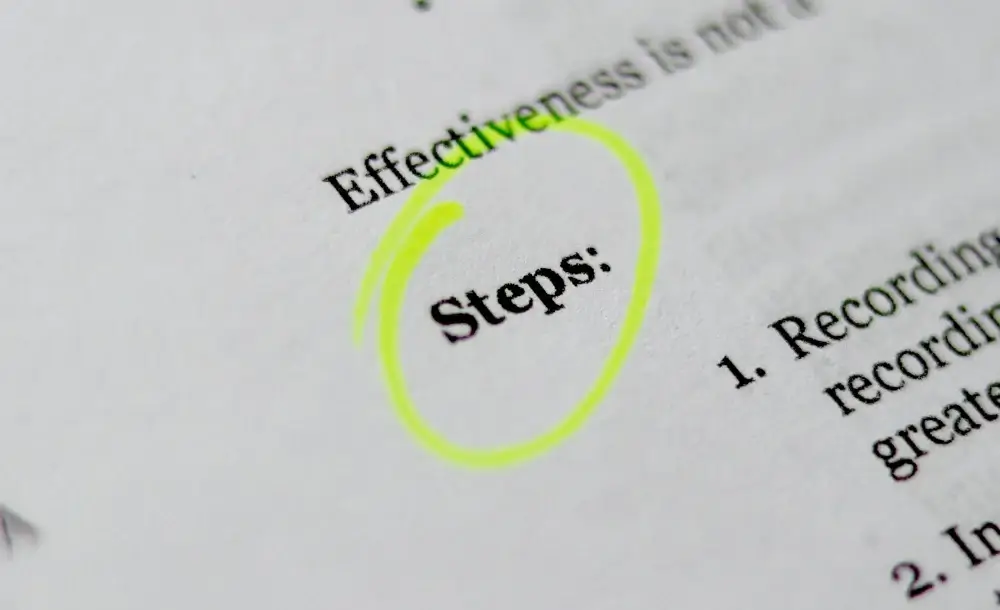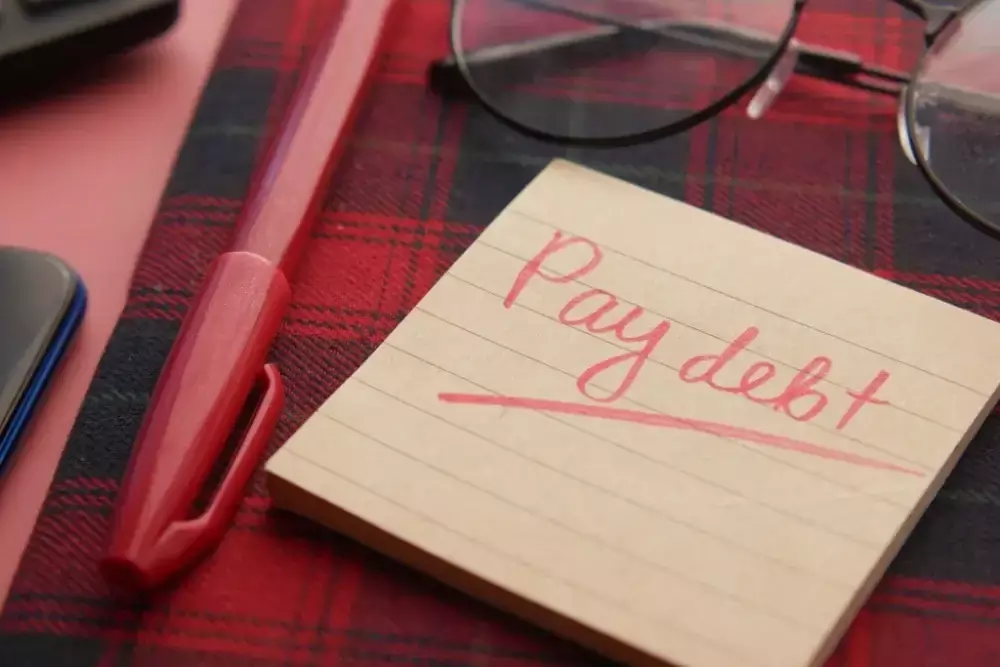Budgets for Families
It can be tough to budget for a family. There are so many expenses, and it can be hard to keep track of them. In this article, we will discuss some tips for creating and following a family budget and managing money.
We will also look at some common pitfalls families fall into when budgeting. You can ensure that your family has enough money to cover all their payments by following these tips!
Why should I have a family budget?
A household budget is important because it allows you to keep track of your money and your spending habits and make sure your family's income is being distributed in the best way possible.
Knowing how much money you have coming in each month and how much you have going out makes it easier to stay on the same page with your spouse or partner about your financial goals and what is affordable. You can see where you might be able to cut back on your spending to put more money aside each month.

How to create a family budget?
Creating a budget is the first step in learning how to manage your money. By setting a budget and sticking to it, you can ensure that your fixed expenses, such as your mortgage or utility bills, are taken care of and have money left over for discretionary spending.
Before creating your budget, you'll need to figure out other expenses, including groceries, transportation bills, and entertainment. And don't forget to save money for emergencies!
The USDA estimates that housing for middle-income families accounts for the largest share at 29% of total child-rearing costs. Food is second at 18%, and child care/education (for those with the expense) is third at 16%.

Step #1) Choose your budgeting tools: paper or electronic?
The first step to getting started with the family budget is to pick the right tool to track your income and expenses. Using budget worksheets on the Internet is equally accurate as using an electronic budgeting tool; however, the software can make it much easier to use the tool. This reduces errors. A financial ledger is relatively inexpensive and designed to record credit and debit in your bank account records.
Select a budgeting method
There are a few different methods you can use when you start budgeting. One popular method is the 50/30/20 rule. This method will allocate 50% of your income to essential expenditures, 30% to discretionary payments, and 20% to savings. This approach is simple and easy to follow, and it can help you stay on track with your spending and saving.
Another popular budgeting method is the zero-based budget. With this approach, you start by estimating your total monthly expenses and then work your way back, allocating money for each expense category until you reach zero. This budgeting method can help ensure that you are not overspending.
Ultimately, the best budgeting method will depend on your individual needs and preferences.
Step #2) Bring your bank statements to the table
When creating or reviewing your financial planning, it's important to have all the information about your financial institution. This includes recent bank statements, credit card statements, pay stubs, and bills.
This will help you create a realistic budget, track spending accurately, and set achievable savings goals. By having all of your information readily available, you can make informed decisions about your family's finances.

Step #3) Locate your fixed expenses and your variable expenses
When creating or updating your family budget, the next step is to locate your fixed and variable expenses.
Fixed expenses remain relatively constant each month, such as your rent or mortgage, car payments, and insurance premiums.
Variable expenses can change from month to months, such as grocery shopping, child care, entertainment, and unexpected payments.
Knowing exactly how much you spend on both types of expenses each month can create a budget that reflects your actual spending habits more accurately.
Keep track of your goals
One way to help stay on track with your family's goals is to keep track of your spending. This can be done in various ways, but the important part is that you are tracking where your money is going. If you are not sure where to start, many online resources and apps can help you get started to connect all of your bank accounts, credit cards, and investment accounts to see all of your finances in one place.
Step #4) Set up the Ledger, Spreadsheet, or Budget Software
If you want to successfully manage your family's finances, you'll need to set up a ledger, spreadsheet, or budget software. This will allow you to track your spending and see where you can make cuts. It's important to be realistic when creating your budget and make sure that everyone in the family is on board with it. You may also want to set some family goals, such as saving for a vacation or buying a new car. By staying organized and working together, you can achieve great things financially for your family.

Step #5) Control discretionary spending
One way to rein in spending is to look at your discretionary expenses and find ways to cut back. This might include movie tickets, restaurant meals, or other outings. It can be helpful to make a list of all your discretionary expenses and then rank them by importance. This will help you focus on the areas where you can make the biggest impact.
Another way to save money is by being more mindful of your grocery lists. Make a plan for what you're going to buy before you go to the store, and stick to it. Avoid impulse buys, and don't buy things you don't need. By being thoughtful about your spending, you can make big savings.
Step #6) Pay off debts
The final step in defining a family budget is to pay off any outstanding debt. This may include credit card debts, student loan interest, and other debt-related bills. It is important to plan how to pay off these debts and then stick to that plan. One way to do this is to create a debt repayment schedule and make monthly payments toward your debts.

Money-saving tips for families
To start saving money, create a family budget and stick to it. Determine your monthly payments and what you can afford to spend on things like groceries, utilities, services, and entertainment. Make sure to include savings goals as part of your budget as well.
Another great way to save money is to comparison shop for the best deals on groceries, utilities, and other household items. Many price comparison websites and apps are available these days that make it easy to find the best deals.
Also, limit your use of credit cards. Since the credit card interest rates can be quite high, it’s important to pay off your balance each month if possible.
Right-size your home
Housing is an essential part of life and in your family's budget. So, you should ensure that your home provides the right size for what's important in it - like family and friends! One popular rule-of-thumb says to spend around 30% (or less) on housing costs each month.
Make it a Staycation
While the children are off to school for a while, there is plenty of family vacation. The tempting option is booking an extravagant trip for your family. You can enjoy a trip home called a "staycation".
This can happen free and easily, which will allow you to save extra money. There are also places where one can set up camp in the backyard. Book your campsites at the state or national park sites if you want some time out from home.
Go thrifting
The great thing about going to a thrift store is finding really good quality items for not much money. You might think it's only worth going this route if your budget fits second-hand clothing, but there are many other things available too - cooking equipment and books being two examples!
Take advantage of free entertainment
You can have a free outdoor screening of your favorite movie this summer. Find the local park and search for "free." There are plenty of options available within driving distance, so go ahead! You'll be surprised at how much fun it will be.
Hold a Swap
The old saying "they don't make things like they used to" is true for many reasons, but one of them is that we can still save money by trading our unwanted items with others. You'll get what you need quickly while also helping out someone who may want something different from yours! You can open up this and allow parents to swap stuff such as adult clothes, cooking supplies, and household furniture.
Negotiate with your service providers
Have you ever seen your cable bill before? Call them if you have any questions about any discount. Maybe you're going to have to switch providers to reduce your costs. Make sure you fully understand the features that are provided with your purchase. It's also true about our internet connection and cell phone bills.
Save energy at home
Switch to a more affordable energy service provider to reduce your family's expenses. You can also install efficient plumbing fixtures and upgrade heating systems, saving money on electricity and cutting down carbon emissions!

Reduce subscription fees
Netflix, Disney +, HBO Audible, Amazon Prime, Spotify: It can easily increase how many subscriptions boxes your children have. The price of one subscription service is not a problem, but it increases with each additional subscription. Bring your family together for a discussion about your subscription services!
Buy reusable goods
Buying reusable goods is more beneficial to the budget and environmentally friendly. Some products that reduce plastic or other items can be recycled, such as empty glass containers, making an easy storage place for drinks in your fridge!
Make a Family Budget Together
How can we help our children learn financial literacy? Sit down, and talk to your child about what you've been spending money on. Discuss with them the use of cards. Use this monthly meeting to set up family spending budgets. You could also show your children how much money is in their bank account and discuss the payments for the month.
Never pay full price on products
There are always deals available. When it comes to buying clothes and kitchen equipment, it can be very useful. Apps such as CapitalOne Shopping can even help you to buy high-end products. Use Honey to watch the cost of items you want to buy online. Use Google's search function for a product or a name to search the product description. You might be able to track your prices on the Capital One website with a smartphone app or a website such as CamelCamelCamel or Honey.
Sign up for a Rewards Credit Card
Rewards credit cards can give back money on your purchase. It varies according to where you spend and where you're storing most.
Freedom Visa Card from Chase gives you a $200 bonus after spending $500. They also allow you to earn:
- 5% cash back on gas station purchases on up to $6,000 spent
- 5% on TRAVEL purchased through Chase Ultimate Rewards®.
- 3% on DINING at restaurants, including takeout and eligible delivery services.
- 3% on DRUGSTORE purchases.
- 1.5% on all other purchases
QuicksilverOne from Capital One also gives you a $200 cash bonus if you spend $500 within three months—all with a $0 annual fee. And you can earn unlimited 1.5% cashback on every purchase you make.
With Discover Credit Card, you can earn 5% cashback on everyday purchases at different places each quarter like Amazon.com, grocery stores, restaurants, gas stations, etc.

Make paying off debt a priority
Debt is a huge issue for many Americans. One of the best ways to save money fast is to pay off your debts. Especially your high-interest rate debt, like credit cards. Regardless of the method, you use to pay off your debt, make sure you pay more than the minimum payment.
Have monthly budget meetings
A monthly budget meeting is a great way to keep the communication open and guarantee that your family finances are on track throughout the entire year.
Plan family budgeting meetings. Look at where you struggled last month, celebrate a budget victory, and keep track of your goals. Keep the meeting short. It's not a good idea to make your budget appear boring.
Take a moment to discuss with your child how you have been managing money in your household as a team. Let the communication channels open.

Don't be afraid to talk about money management with your kids
One of the easiest ways to teach children how to save money for their future is to talk about money management and how it might affect their financial goals. Never is too early to teach them how to start saving.
Talk to your child about the cost of extracurricular activities. This will give you a chance to teach your kids valuable lessons about personal finance, tracking spending, and how family budgets work.
Show them the difference between desire and needs—and the importance of fulfilling those needs first.
Have the kids work for the commission
We all benefit from allowances for our youth. Having your kids work for commissions helps them learn about work-life and what they can look forward to. They spend money on something they decide they need. Get kids to earn commissions to understand that money, and hard work can become a direct link.
Save money for financial emergencies
Creating an emergency fund can help build monetary savings for unexpected expenses. Life and testamentary insurance can help prevent your family from financially suffering when someone happens to you. The cost often exceeds the benefits.

Final words
A budget is an essential money management tool that many families miss. By incorporating the tips in this article into your family life, you can create and stick to a budget that works for your family.
Have you tried creating a family budget before? What tips would you add? Let me know in the comment below!
